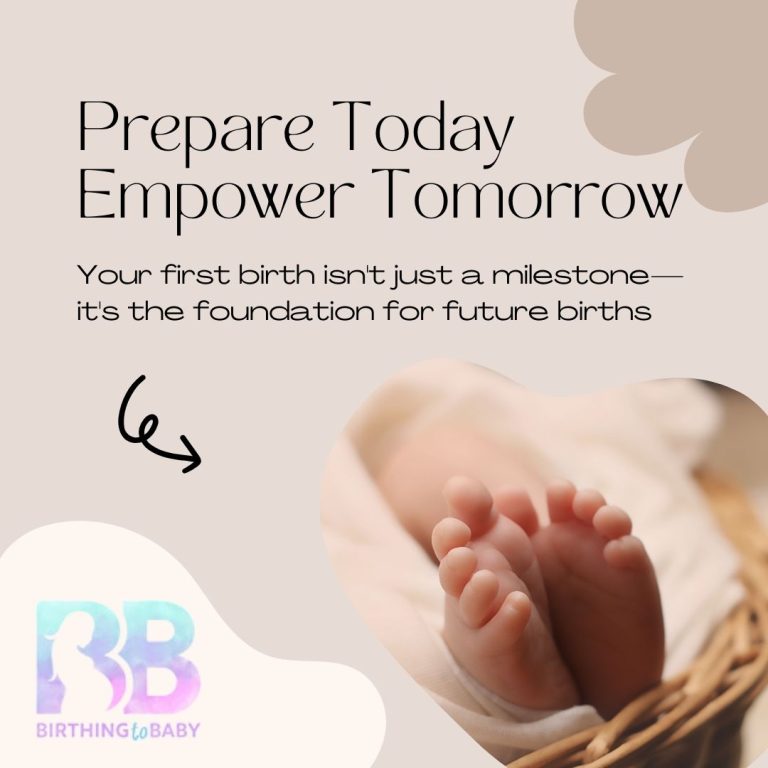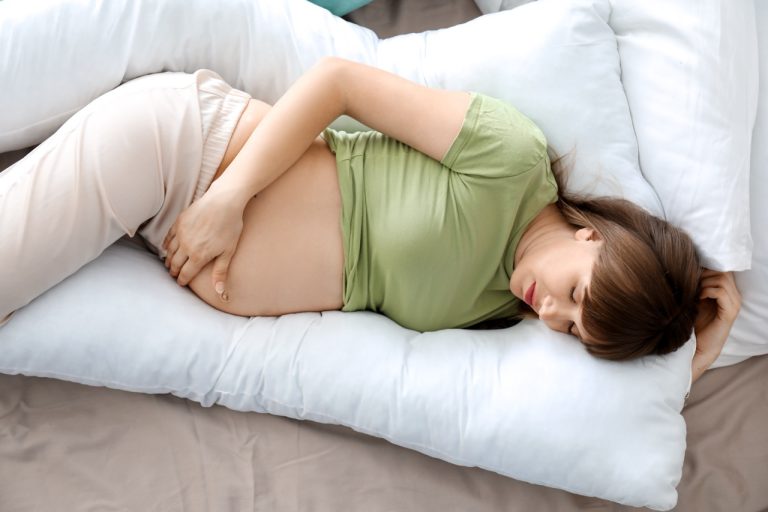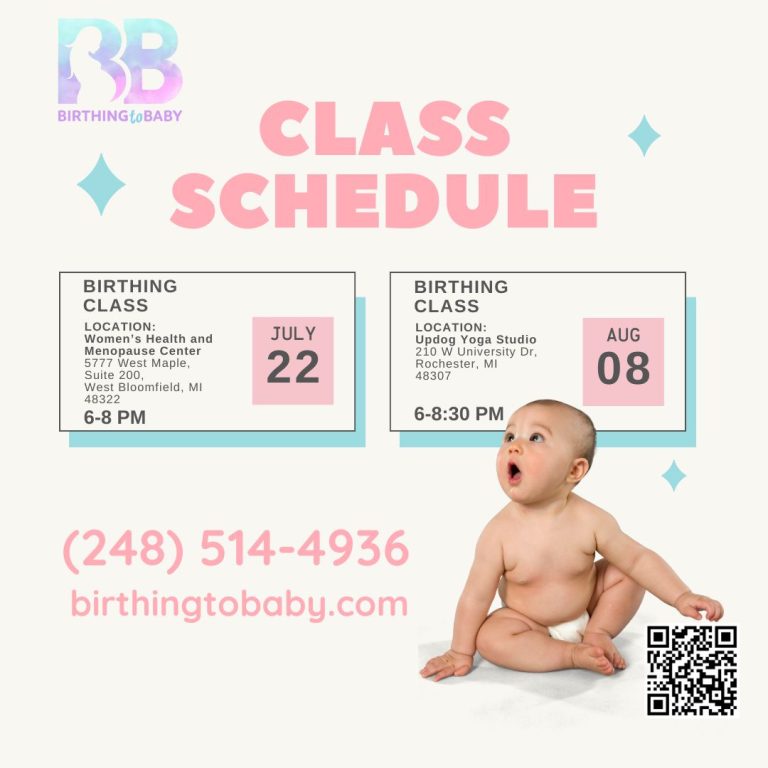5 Safe Exercises You Can Do While Pregnant
Staying active during pregnancy has many benefits—it boosts energy, improves mood, helps manage weight, and prepares your body for labor and recovery. With your body going through constant changes, it’s essential to choose exercises that are both effective and safe for you and your baby. Here are five great exercises to try during pregnancy, along…










